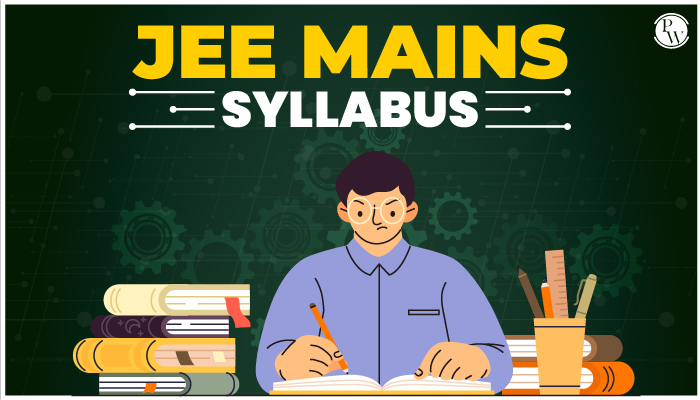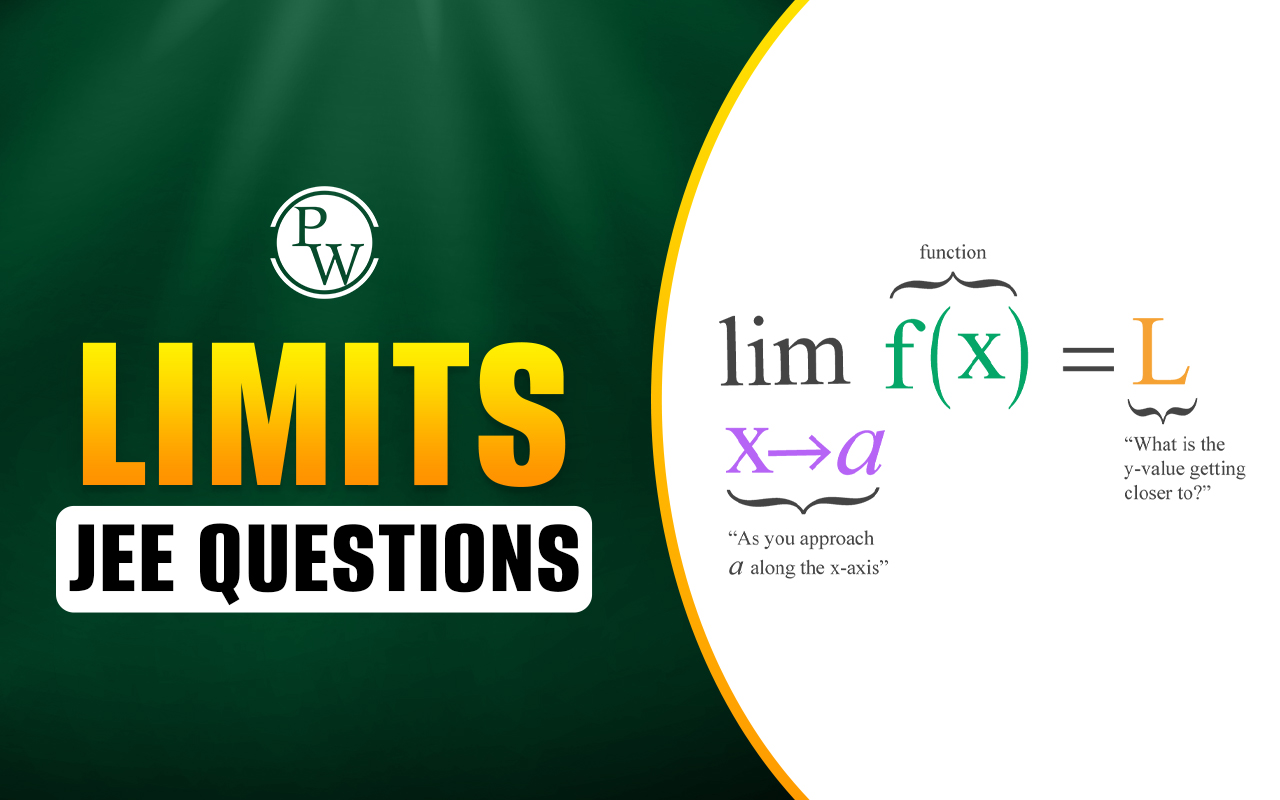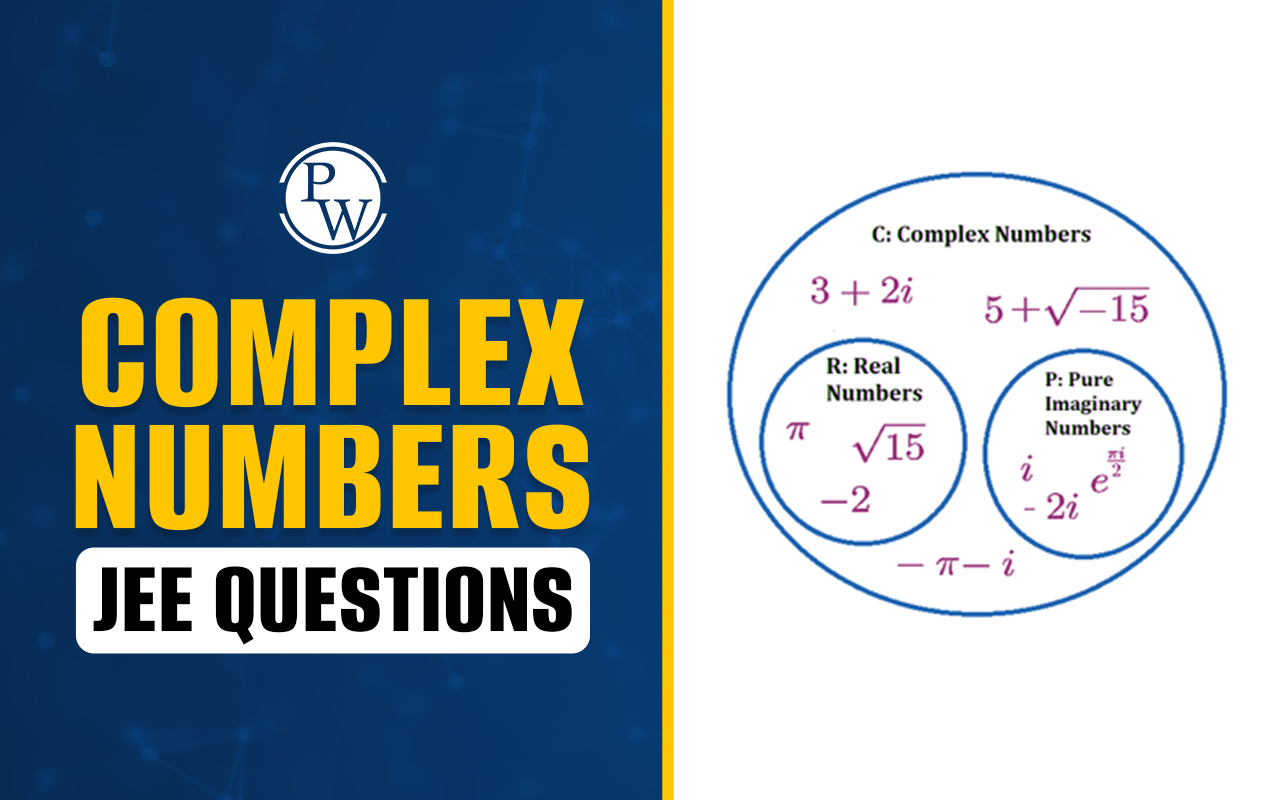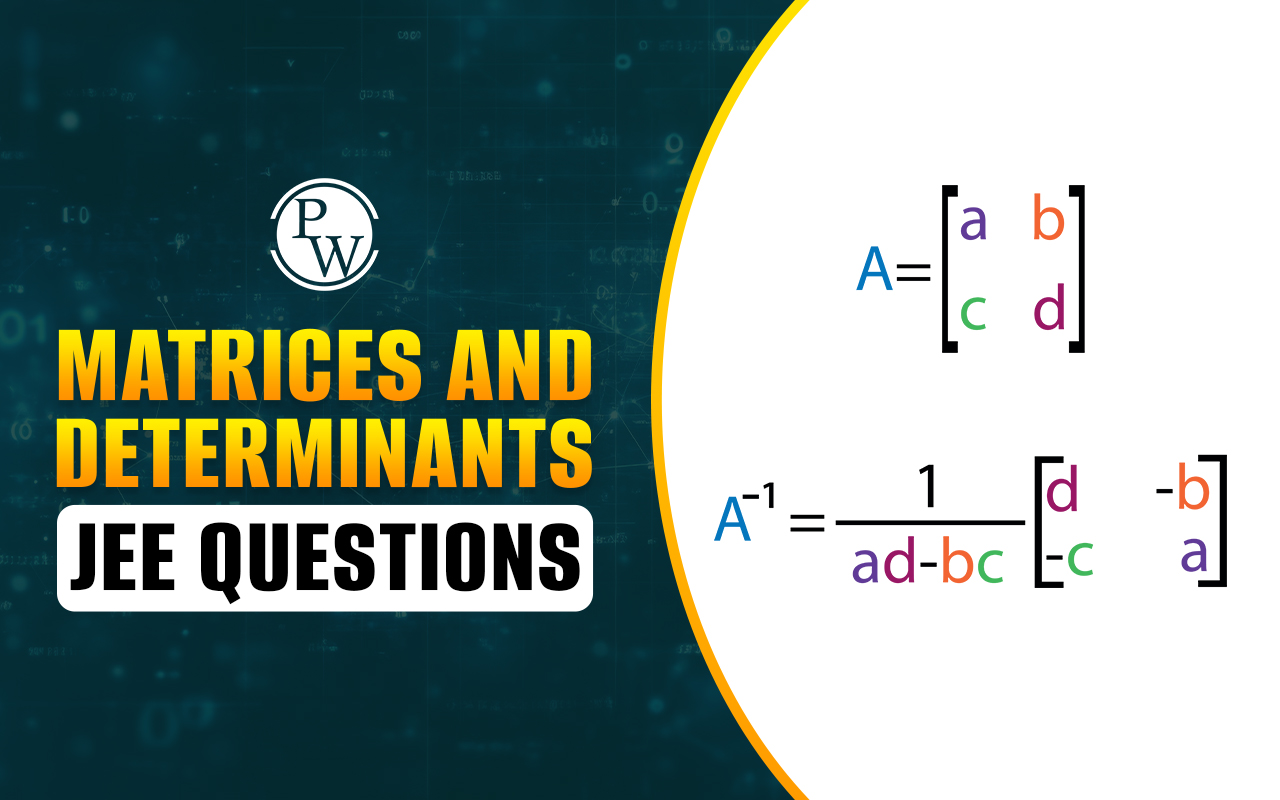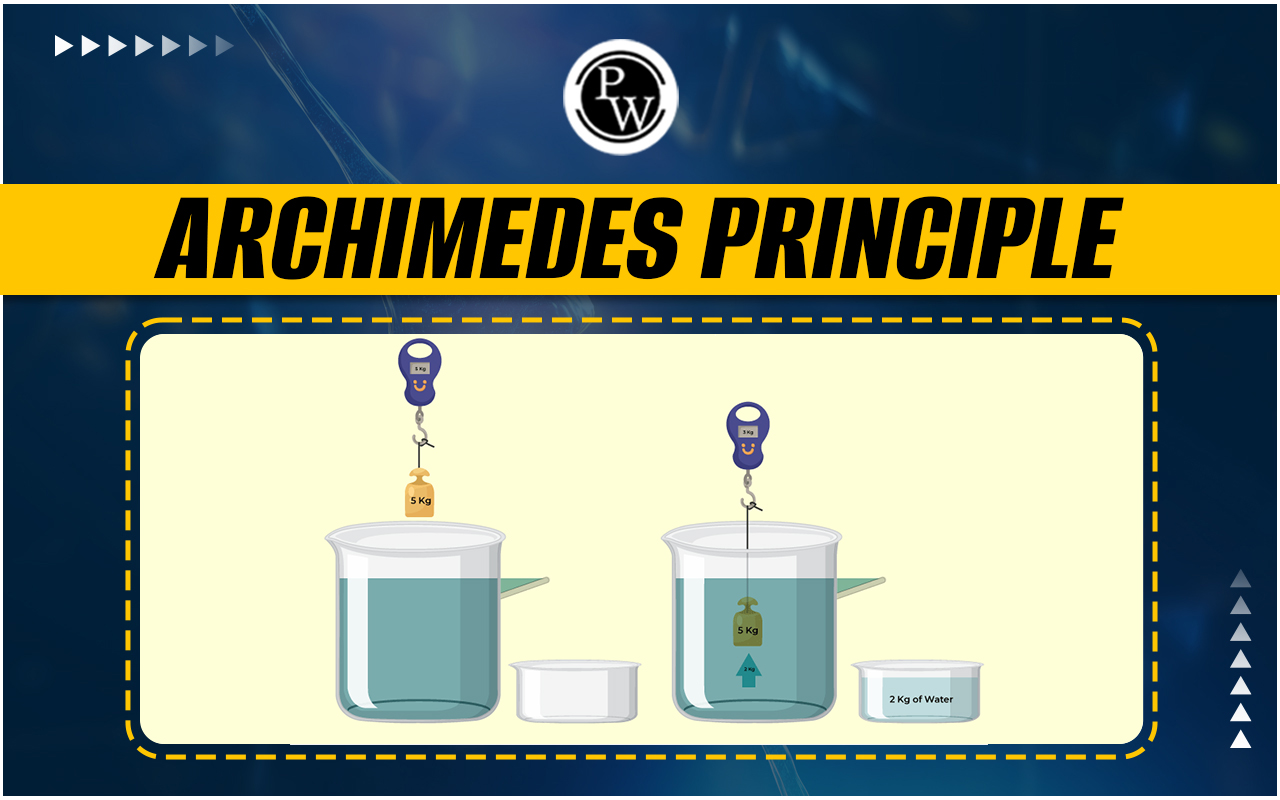
Archimedes Principle : We will learn that when a body is partially or fully dipped into a fluid, the fluid exerts forces on the body. At any small portion of the surface of the body, the force by the fluid is perpendicular to the surface and is equal to the pressure at that point multiplied by the area.
The resultant of all these contact forces is called the force of buoyancy or buoyant force, Archimedes’ principle states that when a body is partially or fully dipped into a fluid at rest, the fluid exerts an upward force of buoyancy equal to the weight of the displaced fluid.Archimedes Principle: A General Proof For An Arbitrary Shaped Body
A body immersed in a fluid experience an upward buoyant force equivalent to the weight of the fluid displaced by it. To prove this, let us consider a body of any arbitrary shape completely immersed in a liquid of density
as shown in Figure (a). A body is being acted upon by the forces from all directions.
Let us consider a vertical element of height h and cross-sectional area dA as shown in Figure (b)
The force acting on the upper surface of the element of F 1 (downward) and that on the lower surface is F 2 (upward). Since F 2 > F 1 , therefore, the net upward force acting on the element is
dF = F 2 – F 1
It can be easily seen from Figure (b), that
Archimedes Principle : Proof
Consider an arbitrarily shaped body of volume V placed in a container filled with a fluid of density ρ L . The body is shown completely immersed, but complete immersion is not essential to the proof. To begin with, imagine the situation before the body was immersed. The region now occupied by the body was filled with fluid, whose weight was Vg ρ L . Because the fluid as a whole was in hydrostatic equilibrium, the net upwards force (due to difference in pressure at different depths) on the fluid in that region was equal to the weight of the fluid occupying that region.
Now, consider what happens when the body has displaced the fluid. The pressure at every point on the surface of the body is unchanged from the value at the same location when the body was not present. This is because the pressure at any point depends only on the depth of that point below the fluid surface. Hence, the net force exerted by the surrounding fluid on the body is exactly the same as that exerted on the region before the body was present. But we know the latter to be Vg ρ L , the weight of the displaced fluid. Hence, this must also be the buoyant force exerted on the body. Archimedes’ principle is thus proved.
Law Of Floatation
Consider an object of volume V and density ρ S floating in a liquid of density ρ L . Let V i be the volume of object immersed in the liquid.
For equilibrium of object,
Weight = Upthrust
V
ρ
S
g
=
V
i
ρ
L
g
…(i)
This is the fraction of volume immersed in liquid.
Percentage of volume immersed in liquid =
Three possibilities may now arise:
(i) If ρ S < ρ L , only fraction of body will be immersed in the liquid. This fraction will be given by the above equation.
(ii) If ρ S = ρ L , the whole of the rigid body will be immersed in the liquid. Hence, the body remains floating in the liquid wherever it is left.
(iii) If ρ S > ρ L , the body will sink.
∙ When a solid body is dipped into a fluid, the fluid exerts an upward force of buoyancy on the solid. If the force of buoyancy equals the weight of the solid, the solid will remain in equilibrium. This is called floatation . When the overall density of the solid is smaller than the density of the fluid, the solid floats with a part of it in the fluid. The fraction dipped is such that the weight of the displaced fluid equals the weight of the solid.
Though we have derived this result for a body fully immersed in a fluid, however, this also holds good for bodies partially immersed in a liquid or a body immersed in more than one liquid.
(b) Upthrust is independent of all factors of the body such as its mass, size, density etc. except the volume of the body inside the fluid.
(c) Upthrust depends upon the nature of displaced fluid. This is why upthrust on a fully submerged body is more in sea water than in fresh water because density of sea water is more than fresh water.
(d) Finding the Volume V of the Body: If a body of volume V is immersed in a liquid of density σ then its weight reduces. If W 1 be the weight of the body in air and W 2 be the weight of the body in liquid, then loss in weight of the body is
Finding The Relative Density (R.d.) Or Specific Gravity Of A Body
Let a body of volume V and density ρ(= ρ b ) be completely immersed in water of density σ(= ρ w ), then upthrust acting on the body is equal to the loss in weight ( W i – W f ) of the body. So,
U = W i – W f = V σ g = V ρ w g …(1)
Now, the weight of the body ( W ) is given by
W = V ρ g = V ρ b g …(2)
Dividing (2) by (1), we get
So, relative density (R.D.) is the ratio of the weight of the body in air (or vacuum) to the loss in weight of the body completely immersed in water.
So, if W 1 the weight of body in air and W 2 be the weight of body completely immersed in water, then
Finding The Relative Density (R.d.) Or Specific Gravity Of A Liquid
If the loss in weight of a body completely immersed in water is “ a ” while the loss in weight of body completely immersed in a liquid is “ b ”. If W is the weight of body in air, W l be the weight of body in liquid and W w be the weight of body in water, then
W – W l = a = V ρ l g …(1)
W – W w = b = V ρ w g …(2)
Dividing (1) by (2), we get
Archimedes Principle FAQs
Q.1: Buoyant force acts in vertically _______ direction
Q.2: When does object float in a liquid?
Q.3: Buoyant force is directly proportional to _________ of the fluid





